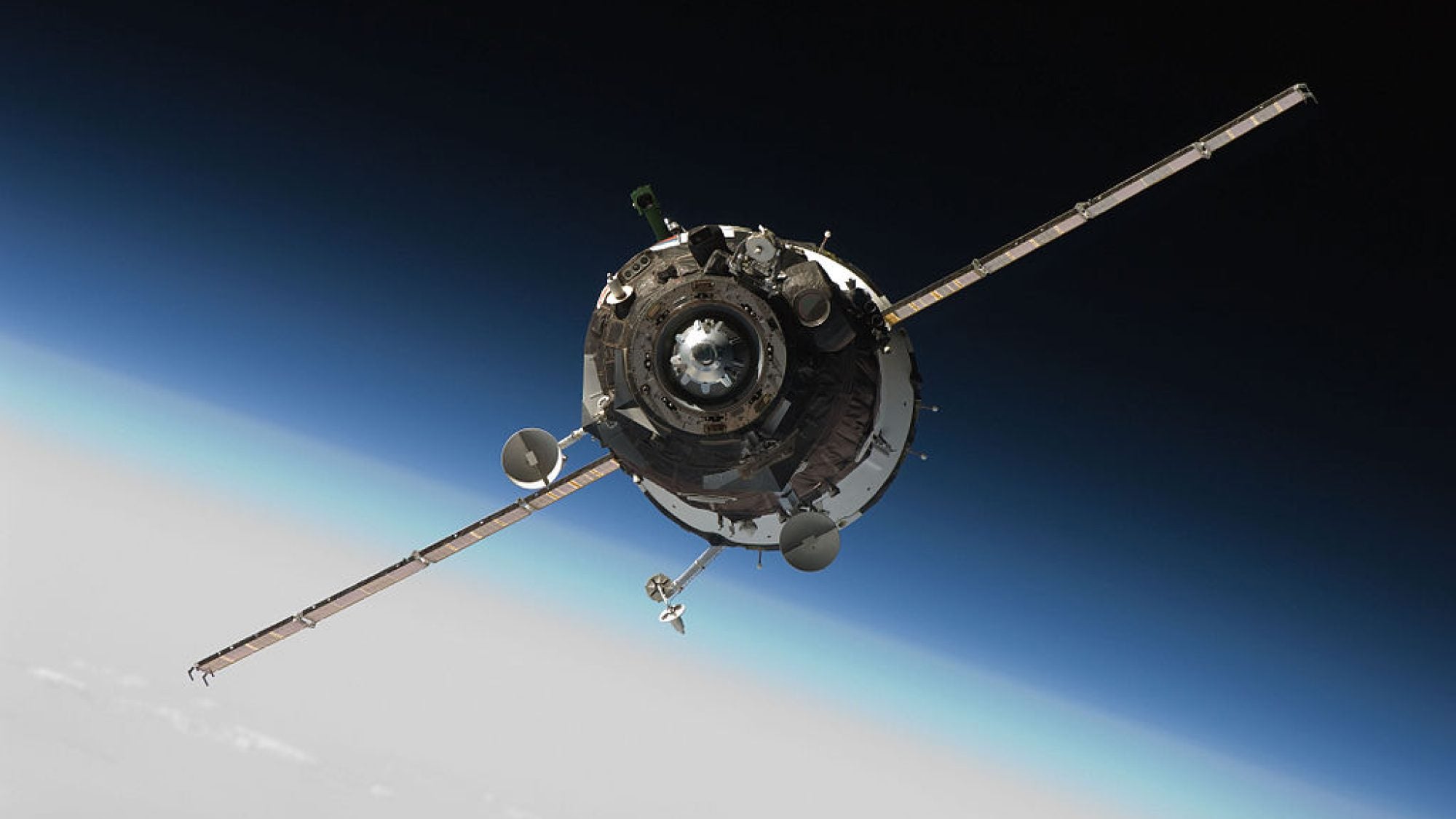Although satellite exports were still possible with a State Department export license under prior versions of the law, the more draconian process currently employed has increased the cost of making exports—making US companies less competitive on the international market. Even more seriously, under current law, incorporating any US components into a non-US spacecraft—no matter how few—will make the foreign satellites subject to US export controls. As one might imagine, this made foreign governments and spacecraft companies reticent to incorporate US technology and created a market demand for non-US satellite technology. The result was a steady loss of U.S. COMSAT technology market share –potentially as large as $20B since 1999—combined with the loss of export business to the US space industrial base.
The export control language found in the 2013 NDAA will enable the Administration, subject to Congressional oversight, to transition items from the U.S. Munitions List (USML) to the more flexible Commerce Control List (CCL). As with all other technologies removed from the USML, the export of these technologies to China and other countries of concern to the United States (Iran, North Korea, etc.) will be prohibited barring a “national interest” determination from the President.
It is expected that soon the Administration will release its proposed “Transition Rule” for public comment this April, outlining the new regulations and process for items being moved from the USML to the CCL. It is expected that there will be a six month delayed implementation to allow companies to make internal compliance adjustments. The revisions to USML categories (including Category XV – space vehicles) will be released in draft and then final form over the course of the year.
Regaining market share is not a certainty for US companies; although in many cases, US technology is better, the market has matured and established competitors—including some Chinese firms—will no doubt compete vigorously. Moreover, the business relationships and backlog that have been built up in over a decade of misguided regulation will not disappear overnight. But now, with export reforms in place, US firms should soon be able to fully re-enter the COMSAT market, potentially benefiting a strategic US industry that is facing cutbacks by its largest customer – the U.S. Department of Defense. This should make US technology available to the broader international market and enable US COMSAT technology companies to participate in global trade opportunities – an opportunity that will benefit the US firms, other satellite makers and, ultimately, consumers around the world.
Image Credit: Expedition 20 Crew, NASA, Public domain, via Wikimedia Commons
This is an archived article. While every effort is made to conserve hyperlinks and information, GJIA’s archived content sources online content between 2011 – 2019 which may no longer be accessible or correct.

